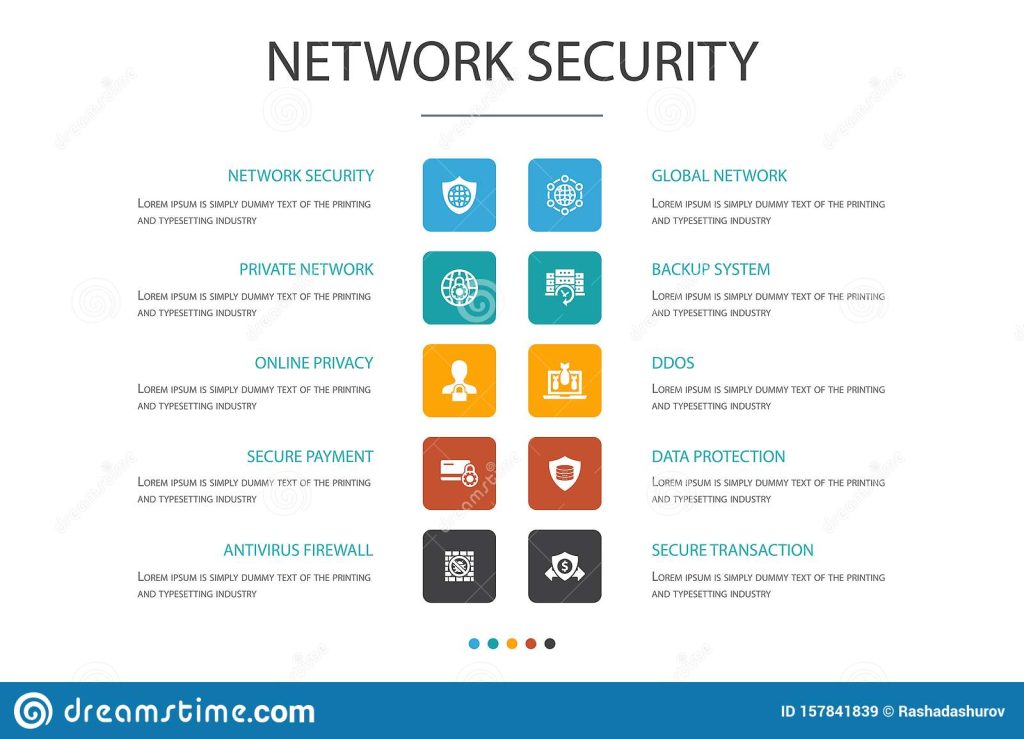In today’s interconnected world, imagine a digital fortress under constant siege. That’s essentially the reality for software and networks everywhere. From your banking app to the hospital’s patient records, everything relies on secure systems, but these systems are constantly targeted by malicious actors.
Software and network security is the practice of safeguarding these digital assets – the applications we use and the infrastructure they run on – from unauthorized access, use, disclosure, disruption, modification, or destruction. It’s no longer just an IT concern; it’s a business imperative and a personal necessity.
This article will delve into the key aspects of securing your software and networks, exploring common vulnerabilities, effective defense strategies, and emerging trends. Get ready to arm yourself with the knowledge to navigate the complex landscape of digital security and protect what matters most.
Software and Network Security: A Deep Dive
In today’s interconnected world, software and network security are no longer optional; they’re fundamental. Businesses and individuals alike depend on robust protection.
We’re talking about fending off cyber threats, guarding sensitive information, and maintaining operational integrity. Let’s unravel this multifaceted domain.
Think of software and network security as a digital immune system, constantly adapting to new threats and vulnerabilities. It’s about staying one step ahead.
This article aims to provide an in-depth exploration of software and network security principles, practices, and technologies. Buckle up!
Understanding Software Security
Software security focuses on protecting applications from a myriad of dangers. This encompasses the whole software development lifecycle, from design to deployment.
It’s about building security in, not bolting it on as an afterthought. Secure coding practices are key to preventing vulnerabilities.
Common software vulnerabilities include buffer overflows, SQL injection, and cross-site scripting (XSS). Each offers a potential entry point for attackers.
Regular security audits, code reviews, and penetration testing are crucial. These measures help identify and address weaknesses before they can be exploited.
Moreover, keeping software updated is vital. Patches often address newly discovered vulnerabilities. Neglecting updates is like leaving your door unlocked.
Consider implementing secure coding standards. Many frameworks and guidelines are available to help developers write more secure code. It’s a good investment.
Exploring Network Security
Network security is about protecting the network infrastructure and data traversing it. It involves a blend of hardware and software solutions.
Firewalls are the first line of defense, monitoring and controlling network traffic based on pre-defined rules. Think of them as vigilant gatekeepers.
Intrusion detection systems (IDS) and intrusion prevention systems (IPS) monitor network activity for malicious behavior. They can alert administrators or even block attacks.
Virtual Private Networks (VPNs) create encrypted connections, ensuring secure communication over public networks. Essential for remote access and data privacy.
Wireless security protocols like WPA3 safeguard wireless networks from unauthorized access. Strong passwords and multi-factor authentication also crucial.
Regular network scans can reveal vulnerabilities. Patching network devices is also essential. Both should be part of a robust security plan.
Key Differences Between Software and Network Security
While both aim to protect digital assets, software and network security differ in focus. Software security protects applications, while network security protects infrastructure.
Software security emphasizes secure coding and vulnerability management within applications. Network security concentrates on controlling access and monitoring traffic.
Think of software security as guarding individual houses, while network security is patrolling the entire neighborhood. Both are required for complete safety.
They are interdependent. A weak software application can become a conduit for network attacks, and vice-versa. Integrated security strategy is essential.
Therefore, security professionals often need skills in both areas. Understanding both domains is paramount for building a strong security posture.
While tools are different, the underlying principle is the same: reduce the attack surface. Minimizing vulnerable areas is key to a successful defense.
Best Practices for Enhancing Security
Implementing a multi-layered security approach is vital. This defense-in-depth strategy involves using multiple security controls.
Regularly assess risks and vulnerabilities. Identify and prioritize threats to allocate resources effectively.
Educate employees about security threats and best practices. Human error is often the weakest link in the security chain.
Implement strong access controls, limiting access to sensitive data based on the principle of least privilege.
Keep software and systems updated. Timely patching closes security gaps that attackers can exploit.
Develop and test incident response plans. Prepare for the inevitable security incidents to minimize damage.
The Future of Software and Network Security

The threat landscape is constantly evolving. Emerging technologies like AI and machine learning are transforming security.
AI can automate threat detection and response. However, it can also be used by attackers. The game continues to evolve.
Cloud security is increasingly important. Securing cloud environments requires specialized skills and tools.
Zero trust security models are gaining traction. They assume no user or device is trustworthy by default, strengthening access control.
Automation will play an ever-greater role. Security Information and Event Management (SIEM) and Security Orchestration, Automation and Response (SOAR) tools will be key.
Ultimately, a proactive and adaptive approach is essential. Security must be a continuous process, not a one-time fix.